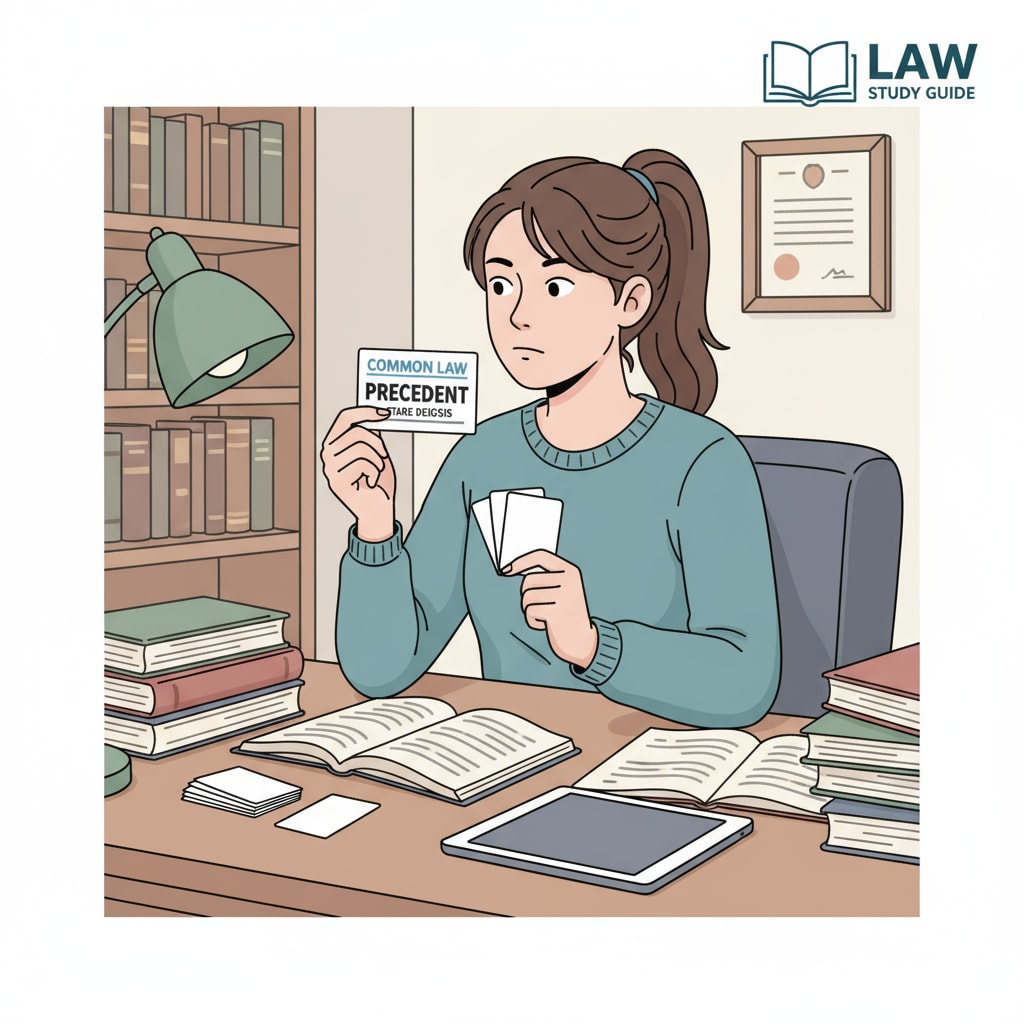In the realm of law school learning, the transition from passive reading to active recall, along with the implementation of spaced repetition, is a game-changer. Traditional learning methods often involve students passively reading through textbooks and notes, which may not lead to deep understanding and long-term memory retention. However, by adopting active recall techniques, students can significantly improve their learning outcomes.

The Limitations of Passive Reading in Law School
Passive reading in law school is a common approach where students simply read the text without actively engaging with the material. This method may seem efficient at first, but it has several drawbacks. For example, students may quickly forget what they have read as they are not truly processing the information. According to Learning theory on Wikipedia, passive learning often results in shallow understanding. Law students need to move beyond this and embrace more active learning strategies.
The Power of Active Recall in Law Studies
Active recall is a powerful learning strategy that involves retrieving information from memory. In law school, this could mean summarizing key legal concepts in your own words, discussing cases with classmates, or creating flashcards. When students actively recall information, they are strengthening the neural connections associated with that knowledge. As a result, they are more likely to remember it in the long run.

One effective way to implement active recall is through self-testing. For instance, after reading a legal case, students can quiz themselves on the important details such as the facts of the case, the legal issues, and the outcome. This forces the brain to work harder to retrieve the information, thus enhancing memory.
Spaced Repetition: A Key to Long-Term Memory
Spaced repetition is another crucial element in law school learning. It is a technique where you review information at increasing intervals over time. By doing this, you are moving the information from short-term memory to long-term memory. According to Memory on Britannica, spaced repetition helps in better retention of knowledge.
For example, if you are studying a particular legal doctrine, you can review it after a day, then after a week, then after a month. This way, the information is reinforced at different times, making it more likely to be remembered. Tools like Anki can be very helpful in implementing spaced repetition for law students.
Readability guidance: As we have seen, passive reading in law school has its limitations. However, by incorporating active recall and spaced repetition, students can transform their learning experience. These strategies not only improve memory but also lead to a deeper understanding of the complex legal concepts. Law educators and parents should encourage students to adopt these methods for better academic performance.


